
Ah, Soul Reaver. I remember it well! This gruesome little gem made quite the splash when it landed on PSone in 1999. As the wounded, ostracized vampire Raziel, your goal was to avenge yourself against the corrupt vampire lord Kain and restore balance to the decaying world of Nosgoth. I particularly remember the game’s inspired approach to combat; your vampiric foes couldn’t be killed by ordinary means, so after weakening them with hand-to-hand combat you had to hurl their broken bodies onto a sharp stake or into a patch of sunlight to finish them off. The level design was also a knockout, as Raziel was able to phase-shift into a spectral realm in order to bypass obstacles or solve puzzles.
But above all else, Soul Reaver is remembered for its story and characters. And we have the game’s director Amy Hennig to thank for that! As you’re probably well aware, Hennig later joined celebrated PlayStation developer Naughty Dog, serving as creative director and writer for Jak and Daxter and all three UNCHARTED titles.
Hennig graciously took the time to share her memories of Soul Reaver’s development, including some never-before-revealed insight into the game’s origins. Read on for the full story straight from Hennig, and be sure to leave your favorite Soul Reaver moments in the comments.
PlayStation Blog: What was the original concept for the game?
Amy Hennig, Director and Writer of Soul Reaver: I don’t know how many people know this, but initially, it wasn’t actually a sequel to Blood Omen: Legacy of Kain at all – our original proposal was a concept for a new IP we named “Shifter,” loosely inspired by Paradise Lost. The protagonist was essentially a fallen angel of death, a reaper of souls hunted by his former brethren, and now driven to expose and destroy the false god they all served.
The Shifter concept was the genesis of the game that would become Soul Reaver; the core ideas were all there. The hero was an undead creature, able to shift between the spectral and material realms, and glide on the tattered remains of his wing-like coattails. We conceived the spirit realm as a twisted, expressionistic version of the physical world. The hero was bent on revenge after being betrayed and cast down by his creator – like Raziel, he was a dark savior figure, chosen to restore balance to a blighted, dystopian world.
When we were asked to adapt this concept into a sequel to Blood Omen, our challenge was to take all these ideas and merge them creatively into the Legacy of Kain mythos.
PSB: Did you know you were working on something special? What were your creative conditions as you worked on it – uncertainty, confidence, terror?
AH: You’re never really sure when you’re in the middle of a project. Because we were initially such a small team, we were able to work under the radar for a while, and this allowed us to tinker with some unusual ideas that might not have survived premature scrutiny or skepticism.
When we first shared the concept with our colleagues in the company, there was a lot of enthusiasm for the idea but also justifiable concern that we might be taking on an unrealistic number of technical risks. We pared back on some secondary features – we had originally planned to include shape-shifting (morphing) as well as plane-shifting, for instance – so we could focus on elements that were more critical to our core concept. By the time we unveiled the game to the press, we were starting to get the feeling that we might be onto something special.
As far as the creative conditions went – we were very invested in our original Shifter idea, so it naturally caused a bit of consternation when we were first asked to adapt the concept to be a Blood Omen sequel. But creative constraints can be inspiring and invigorating, and once we dug into the challenge, the concept evolved in all kinds of exciting ways.
We definitely had set ourselves a lot of ambitious technical goals, though – so, yes, there was a fair amount of uncertainty and terror about what we were undertaking!
PSB: Did you draw inspiration from anywhere in particular for the game’s thematic elements, characters, or dialog?
AH: There were so many different inspirations, it’s hard to just name a few…
As I mentioned earlier, the original idea was very loosely inspired by the rebellious angels of Milton’s Paradise Lost. The spiritual structure of the world was based on the philosophy of Gnosticism, the belief that the cosmos is ruled by a malevolent “pretender” god, that humans are prisoners in a spiritual lie, and that mankind’s struggle is a fight for free will in the face of seemingly insurmountable Fate.We wanted to give Nosgoth’s dystopian future a decaying 19th-century industrial aesthetic, while the look of the spectral realm was inspired by the twisted architecture and disorienting angles of 1920s German Expressionist cinema.
Regarding the dialogue, we obviously took a cue from Blood Omen: Legacy of Kain, with its florid language and ornate monologues. We wanted to carry a similar style into the sequels. I also drew inspiration from the dense, literate dialogue of historical dramas like A Man for All Seasons, Becket, and A Lion in Winter.
PSB: It was an ambitious title for its time. What were the biggest challenges in realizing your original vision?
AH: Our biggest challenge, hands-down, was getting the data-streaming working, to allow us to have a seamless, interconnected world with no load events. I think we were one of the first developers to tackle this problem (along with Naughty Dog, on Crash Bandicoot). It proved to be way more difficult than we had initially anticipated – if I recall, we were still struggling to get the textures to dynamically pack correctly, just a couple months before release. We ultimately got it working by the skin of our teeth, but I wonder if we would’ve embarked on such an ambitious plan if we’d known how difficult it was going to be!
Our second challenge, of course, was figuring out how to store two sets of data for the spectral and material realms, and how to implement the real-time morph between the two environments. Our initial plan was over-ambitious, involving texture-morphing as well as geometry-morphing, but we realized pretty early on that our texture memory (and time) was too limited to achieve this. We came up with the idea of leveraging the 3DS Max animation timeline to attach spectral values to the vertices in the geometry – i.e., frame 0 was the material world, and frame 1 was the spectral realm (or vice versa; I can’t remember for sure). This way we could alter the x,y,z coordinates of each vertex, as well as its RGB lighting values, to create a twisted, more eerily lit version of the physical realm.
Our ultimate challenge, though, was schedule and scope. Conceived as an open-world, Zelda-esque 3D adventure game, Soul Reaver was incredibly ambitious. Crystal Dynamics’ Gex engine gave us a leg-up on the 3D technology, but in essence we were writing a game engine from scratch, while developing a new IP. These days, a developer wouldn’t think of attempting such a thing in less than three years (minimum), but Eidos wanted the game in less than two. In the end, we shipped Soul Reaver in under 2.5 years, but not without some unfortunate eleventh-hour cuts which still pain me today. The scope of the game was definitely too ambitious, but if we had shipped the game that Fall, instead of that Summer, I think we could have reduced the scope of the game more elegantly.
PSB: How close to your original concept was the finished game?
AH: Pretty close, considering all the changes we went through over the course of development. We had to cut content, but the core concept of the game remained unchanged (even going back to the original Shifter proposal).
To hit the August ’99 release date, we had to cut the last few levels of the game, and end on a cliffhanger that set up Soul Reaver 2. Originally, Raziel was going to hunt down and destroy all of his former brothers as well as Kain – and then, using his newly-acquired abilities, he would’ve activated the long-dormant pipes of the Silenced Cathedral to wipe out the remaining vampires of Nosgoth with a sonic blast. Only then would he realize that he’d been the Elder God’s pawn all along, that the purging of the vampires had devastating consequences, and that the only way to set things right would be to use Moebius’ time-streaming device to go back in time and alter history (in the sequel).
So the story would have arrived at a similar place, just by a different route. In the end, as much as I hated its bluntness, Soul Reaver’s “To Be Continued” ending probably turned out to be a blessing in disguise, because I think it opened up more interesting story options for the sequels.
PSB: Which element of the game are you most proud of?
AH: I’m extremely proud of how our relatively small team managed to pull off all those groundbreaking technical challenges. And as a designer, I still take pride in the originality of Soul Reaver’s vision, and the unified way we were able to mesh the game mechanics with the fiction – e.g., devouring souls for sustenance, and the way the spectral plane was integrated into the health system; how the combat mechanics were designed around defeating immortal vampires; the ability to glide on broken wings; and the balance between Raziel’s mechanics in the spirit and material realms, especially the ability to use the morphing terrain to your advantage. In many ways, I think it’s still the most well-designed game I’ve worked on.
PSB: How would you like Soul Reaver to be remembered? What did it bring to the video game medium?
AH: Fondly, I hope! Even thirteen years later, I’m humbled and gratified to have fans and colleagues come up to me and say how memorable the game was for them, or how it influenced them as young game designers. The series still has an enthusiastic fan base, and is remembered affectionately in ways we couldn’t have foreseen all those years ago.
I hope it’s remembered as a well-constructed game with an original vision and an engaging story, and as groundbreaking in terms of what we were able to achieve on the PlayStation at the time. Our approach to voice acting and performance was also innovative for the time, the way we brought the actors in to record their dialogue together rather than in isolation. The performance capture process we use on Uncharted today – where we involve the actors as collaborators, and have them play the scenes together on the stage – owes its origins to the techniques we established for Soul Reaver fifteen years ago.
PSB: Which of the Soul Reaver characters is closest to your heart?
AH: It’s impossible for me to choose between Raziel and Kain – they’re two inseparable sides of the same coin (so to speak). As a character, I probably like Kain more. Although ostensibly a villain, he’s really a classic hero, fighting for free will in a world shackled by Fate. Raziel is a more tragic figure, a pawn, and that makes him sympathetic – but he’s also a deeply flawed character, blinded by self-righteousness and vengeance. I loved writing for both of them.





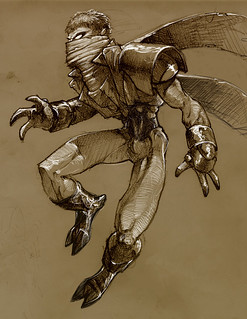
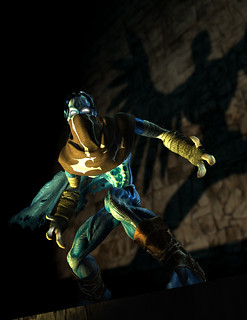
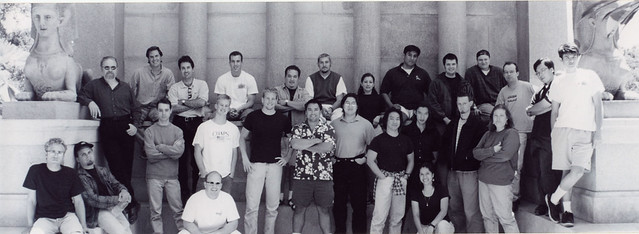
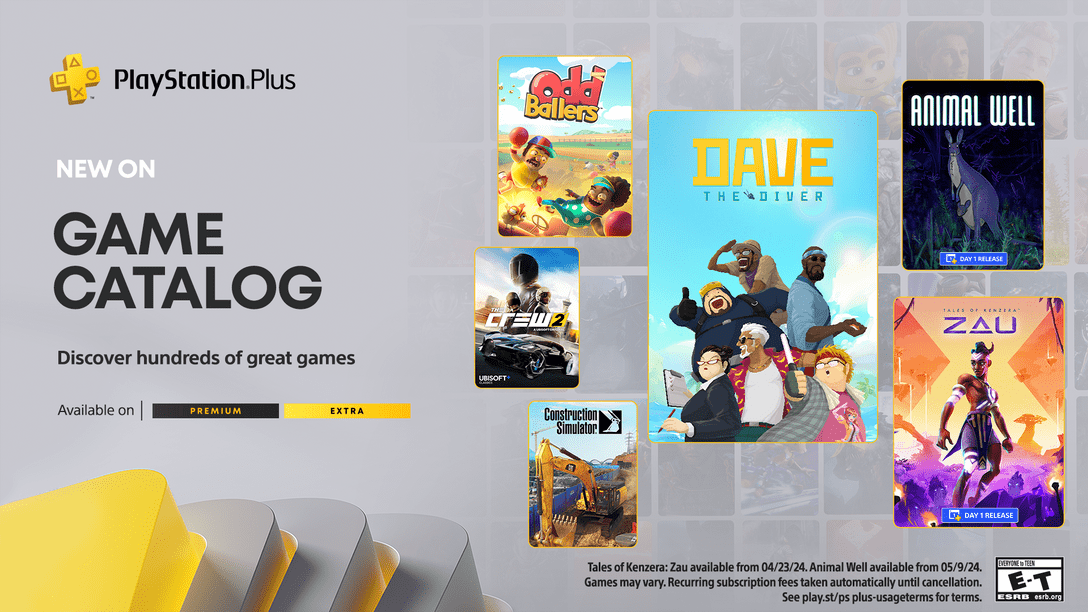
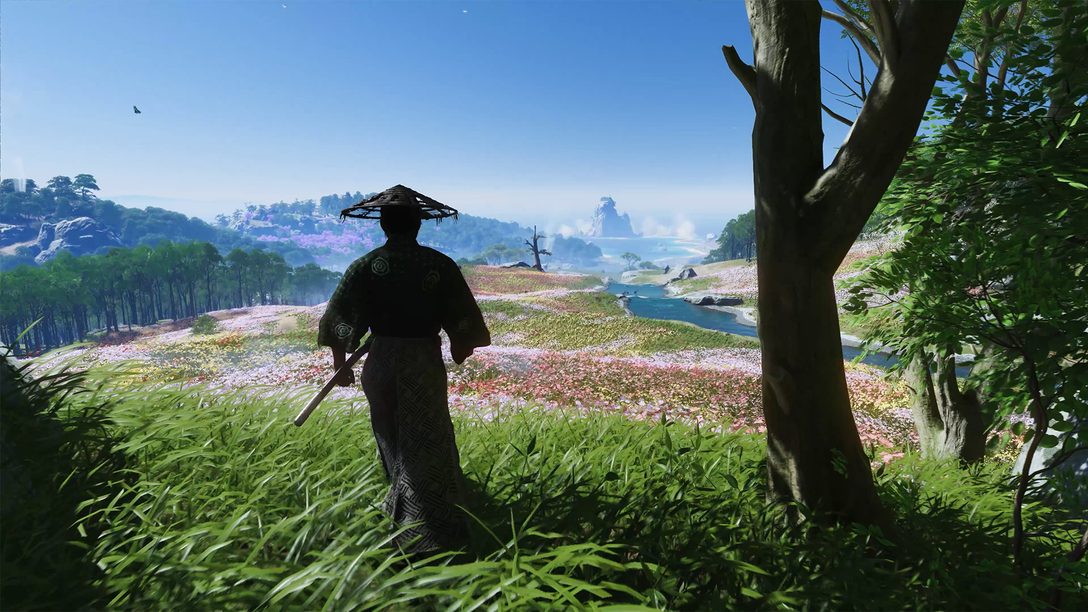
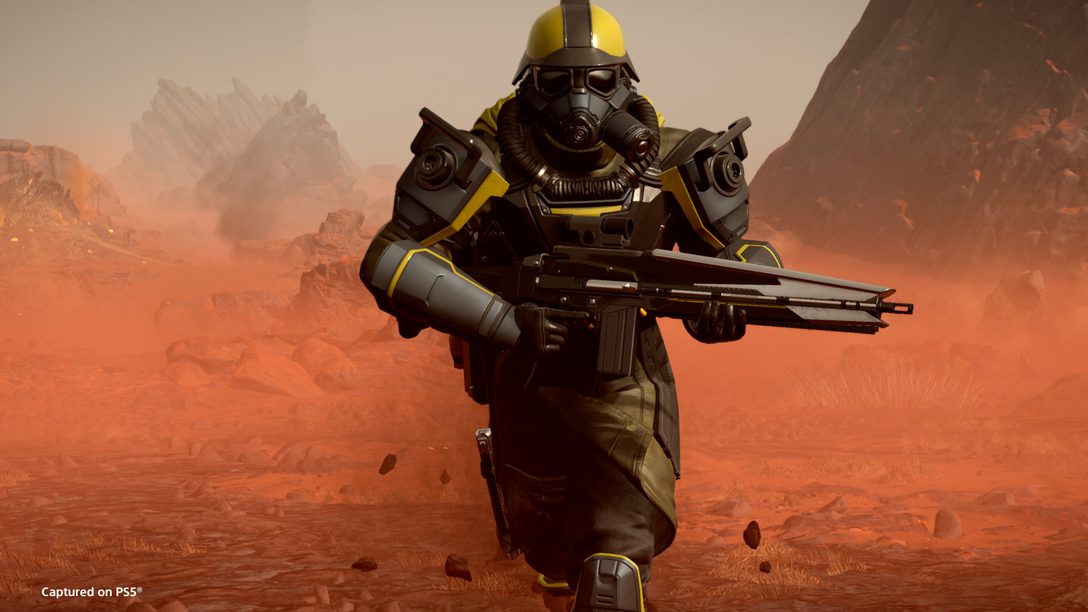
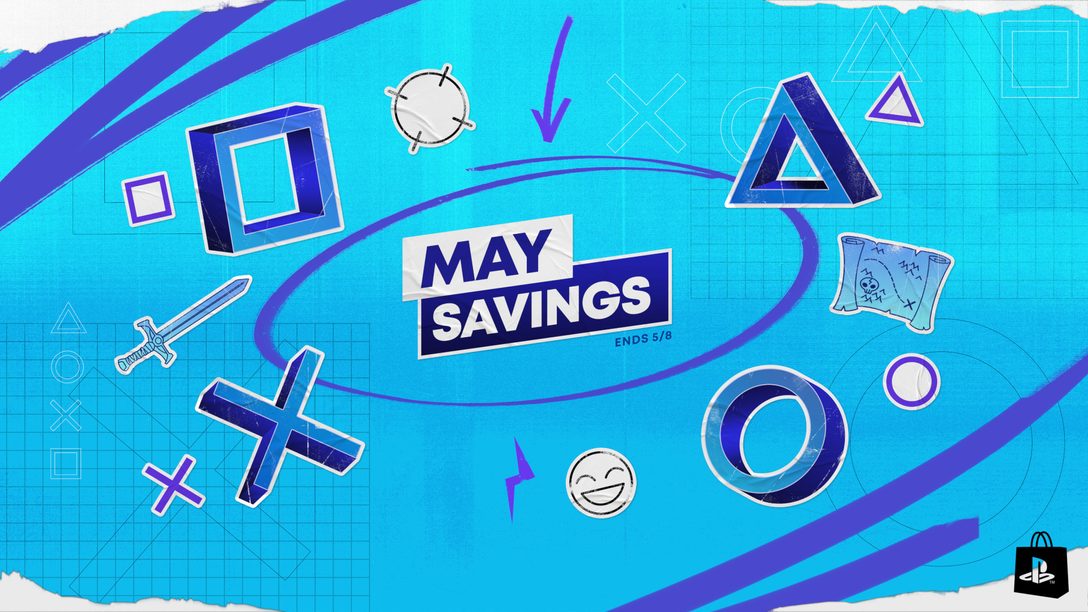

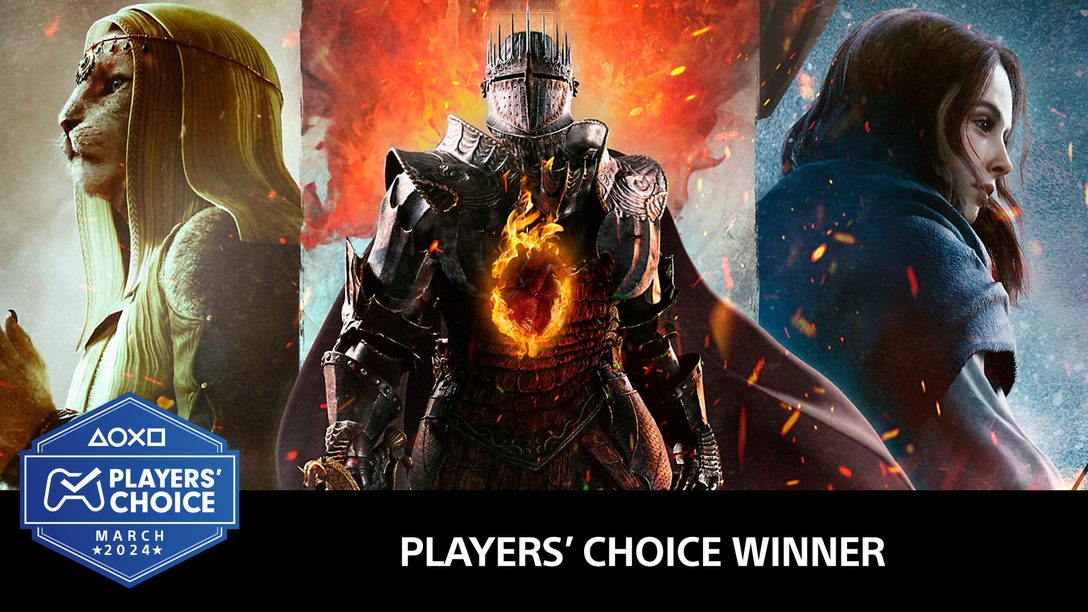
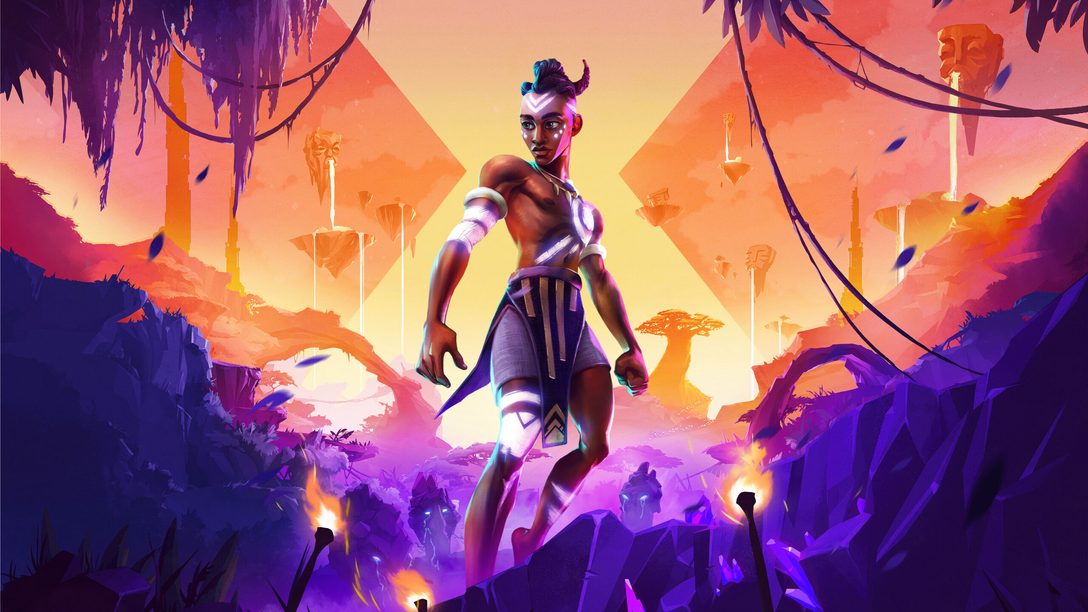

Comments are closed.
80 Comments
Loading More Comments